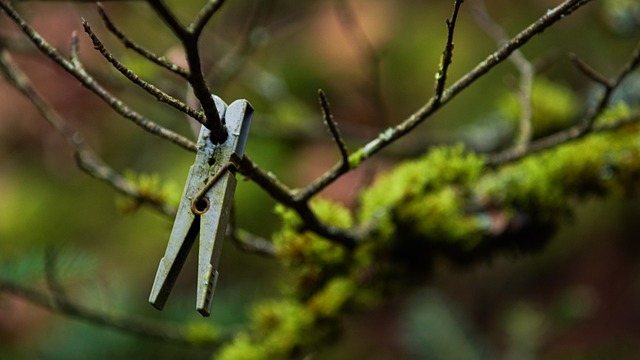Introduction:
Rewilding is a conservation approach that seeks to restore ecosystems and wildlife populations by allowing nature to reclaim its rightful place. It focuses on creating large, connected habitats, reintroducing native species, and allowing natural processes to shape the landscape. In this blog post, we’ll explore the concept of rewilding, its benefits, and how everyday people can contribute to this essential conservation effort. Learn more about sustainable living and climate resilience at ClimatewiseLiving.com.
- The Principles of Rewilding
Rewilding is based on three fundamental principles:
- Core Wild Areas: Creating large, protected areas where nature can flourish, undisturbed by human intervention.
- Connectivity: Establishing wildlife corridors that connect core areas, enabling animals to migrate, disperse, and repopulate different regions.
- Keystone Species: Reintroducing native species that have a significant impact on the ecosystem, such as apex predators and ecosystem engineers.
- Benefits of Rewilding
Rewilding offers numerous benefits to both ecosystems and human communities:
- Biodiversity: Restoring habitats and reintroducing native species can increase biodiversity, creating healthier and more resilient ecosystems.
- Carbon Sequestration: Allowing forests and other ecosystems to regenerate helps capture carbon dioxide from the atmosphere, mitigating climate change.
- Flood Control: Reestablishing natural processes such as river meandering can reduce flood risk and protect human settlements.
- Ecotourism: Rewilding projects can attract ecotourism, providing economic benefits to local communities and raising awareness about conservation.
- Rewilding in Action: Success Stories
Several rewilding projects around the world have demonstrated the transformative potential of this conservation approach:
- The European Bison: The near-extinct European bison has been successfully reintroduced into several countries, including Poland, Romania, and Bulgaria, helping to restore the species and promote ecosystem health.
- Yellowstone National Park: The reintroduction of wolves to Yellowstone National Park in the United States has led to a trophic cascade, benefiting numerous species and revitalizing the ecosystem.
- Gorongosa National Park: In Mozambique, Gorongosa National Park’s rewilding efforts have resulted in a remarkable recovery of wildlife populations and ecosystem health.
- How Everyday People Can Contribute to Rewilding
While large-scale rewilding projects are typically led by governments and conservation organizations, individuals can still play a crucial role in supporting and promoting rewilding:
- Educate Yourself and Others: Learn about rewilding and its benefits, and share this knowledge with friends, family, and your community.
- Support Rewilding Organizations: Donate to or volunteer with organizations that are working on rewilding projects, such as Rewilding Europe or the American Prairie Reserve.
- Advocate for Conservation Policies: Contact your political representatives and advocate for policies that support rewilding and habitat conservation.
- Create Wildlife-Friendly Spaces: Even small green spaces can contribute to rewilding efforts. Plant native species, create a wildlife pond, or install bird and bat boxes in your garden to support local wildlife.
- Participate in Citizen Science Projects: Contribute to rewilding research by participating in citizen science projects, such as wildlife monitoring or habitat restoration initiatives.
- The Role of Urban Rewilding
Rewilding is not limited to vast wilderness areas; urban environments can also benefit from incorporating rewilding principles. Urban rewilding focuses on creating green spaces, restoring native plant communities, and supporting urban wildlife. Some ways to promote urban rewilding include:
- Green Roofs and Walls: Installing green roofs and walls on buildings can help reduce energy consumption, capture stormwater, and provide habitat for pollinators and other wildlife.
- Community Gardens: Establishing community gardens in urban areas not only provides fresh, local produce
Conclusion:
Rewilding offers a promising approach to conservation, aiming to restore ecosystems and wildlife populations by reconnecting nature and allowing it to thrive. Everyday people can contribute to rewilding efforts by educating themselves, supporting rewilding organizations, advocating for conservation policies, and creating wildlife-friendly spaces in their local communities. By embracing the principles of rewilding, we can help restore nature’s balance and promote a more sustainable and resilient future. To learn more about rewilding and other sustainable living practices, visit ClimatewiseLiving.com.

Comments are closed